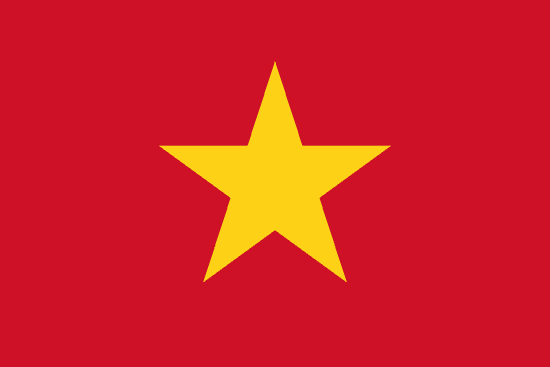"Đảo Ngọc Phú Quốc | Phu Quoc, The Pearl Island"
About:
Phu Quoc, an island in Vietnam, has a rich history dating back to its first settlement by the Chinese in the 17th century. It was later claimed by the French during their colonization of Vietnam. After the Geneva Accords in 1954, Phu Quoc was recognized as part of Vietnam. The island was a significant battleground during the Vietnam War. Today, Phu Quoc is a popular tourist destination, known for its pristine beaches, national park, and production of high-quality fish sauce.
When to visit:
Phu Quoc, an island in Vietnam, experiences two distinct seasons: the dry season from November to April and the wet season from May to October. For a holiday visit to Phu Quoc, it is recommended to plan your trip during the dry season when the weather is sunny and pleasant, making it ideal for beach activities and exploring the island. The months of December to March are particularly popular among tourists due to the clear skies and calm seas. However, do note that accommodation prices may be higher during this peak season, so it is advisable to book in advance.
When to avoid:
The worst time to travel to Phu Quoc on a holiday would typically be during the peak tourist season, which falls between December and March. During this time, the island experiences an influx of visitors, leading to crowded beaches, higher accommodation prices, and limited availability. Additionally, the weather can be hot and humid, with occasional rain showers disrupting outdoor activities. Travelers seeking a more peaceful and budget-friendly experience may want to consider visiting during the shoulder seasons of April to June or September to November.
Rainy Season (May-October)
Phu Quoc, Vietnam experiences its wettest period from June to September due to the southwest monsoon. During this time, daily temperatures typically range from 25°C to 28°C. Rainfall can be quite heavy, averaging 40mm to 220mm per month. While sunshine hours decrease to about 5-6 hours per day, the island remains relatively warm. Cloud cover is extensive, often resulting in overcast skies. An average day for a visitor might involve intermittent showers, with breaks of sunshine allowing for exploration or relaxation on the island's beaches.
"Hot Season (November-April)"
In Phu Quoc, Vietnam, the warmest part of the year generally falls between March and June. During this period, temperatures typically range from 28°C to 35°C (82°F to 95°F). Rainfall is relatively low compared to other parts of the year, with an average monthly rainfall of about 50mm in March, increasing to about 160mm in June.
Sunlight is abundant during these months, with an average of 6 to 8 hours of sunshine per day. Humidity levels are relatively high, often exceeding 80%, which can make the heat feel more intense. Cloudiness is generally low in the earlier part of this period (March to April) but increases as the rainy season approaches in June.
A typical day for a visitor during this time would start with a warm, sunny morning, perfect for beach activities or exploring the island. As the day progresses, the heat and humidity increase, making the afternoons hot and potentially uncomfortable for those unaccustomed to tropical climates. It's recommended to stay hydrated and take breaks in shaded or air-conditioned areas. Evenings are warm and generally clear, offering beautiful sunset views. Despite the heat, this is a popular time for visitors due to the abundant sunshine and relatively low rainfall.
Language:
In Phu Quoc, the most commonly spoken language is Vietnamese, as it is part of Vietnam. However, due to its status as a popular tourist destination, English is also widely understood and spoken in many resorts, hotels, and tourist spots. Additionally, other languages like Russian, Chinese, and Korean can be heard due to the diverse tourist population.




